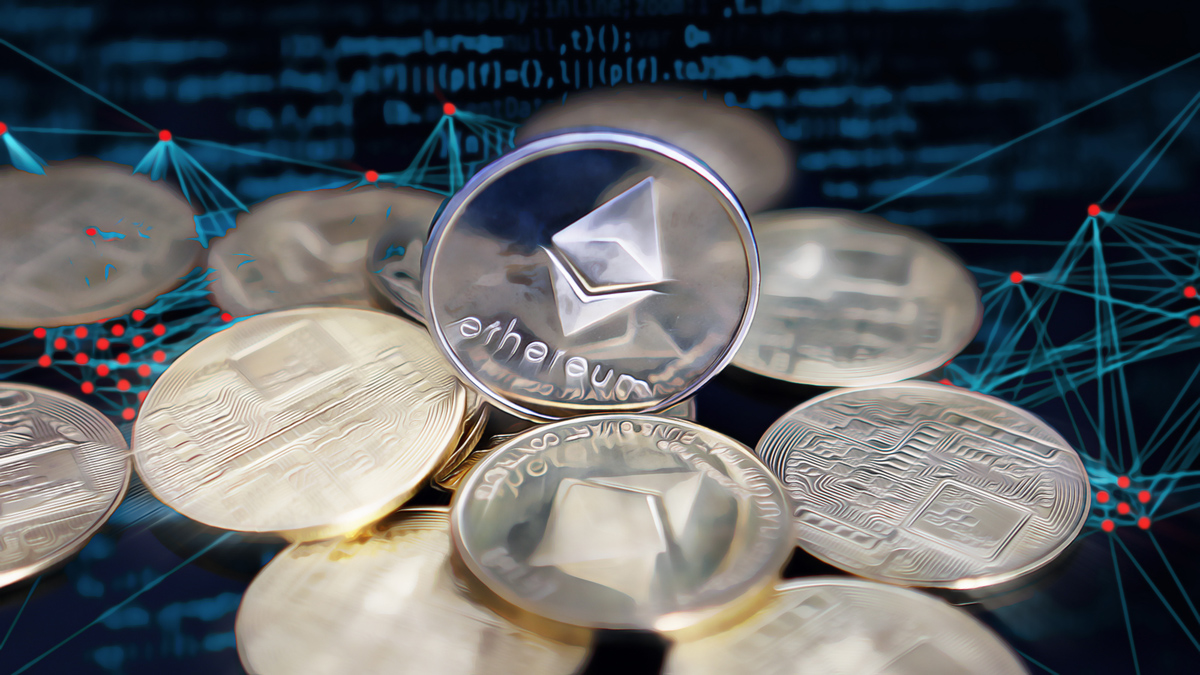Bitcoin (BTC) continues to be the largest and most liquid cryptocurrency in the world. Data indicates that crypto investors show more interest in Bitcoin compared to Ethereum (ETH), which is the second largest cryptocurrency by market value.
The Negative Difference Between ETH DVOL and BTC DVOL Continues
The difference between the 30-day implied volatility index of Ethereum (ETH DVOL) and Bitcoin (BTC DVOL) from the major crypto options exchange Deribit has remained constantly negative since September 7th. This trend is the longest-lasting trend seen since Deribit launched its DVOL indices at the beginning of 2021.
In other words, Bitcoin’s implied volatility (IV) has surpassed Ethereum for 20 consecutive days. Implied volatility here is an estimation of price volatility based on option prices.

The difference between ETH DVOL and BTC DVOL turned negative for a short period of time in March for the first time in nearly two years, reflecting the relative value of BTC IV. Since then, it has become a norm indicating that investors are currently less interested in looking beyond macroeconomic issues and trading altcoins.
The Development of Bitcoin as a Macro Asset
Bitcoin has evolved as a macro asset since the global market crash caused by the coronavirus (COVID-19) in March 2020 and has become increasingly affected by the Fed’s monetary policy, developments in the US economy and banking sector, and sensitivity in traditional markets.
In recent days, macro risks have resurfaced with rising US Treasury yields, stagflation risks, a strengthening dollar index, the ongoing threat of a US government shutdown, and the possibility of deflationary collapse in China. All of these factors reduce the attractiveness of investing in risk assets like Bitcoin. Additionally, expectations of approval for a US-based spot Bitcoin exchange-traded fund (ETH) further encourage investors to focus primarily on the largest cryptocurrency. ETH, on the other hand, receives less attention due to decreasing revenue from the Ethereum network and renewed inflationary tokenomics.
However, ETH may regain investor interest later this year with the implementation of Ethereum Improvement Proposal (EIP)-4844. The upgrade will introduce proto-danksharding to the Ethereum blockchain, aiming to reduce transaction fees (gas) on the network and increase the number of transactions.

 Türkçe
Türkçe Español
Español










